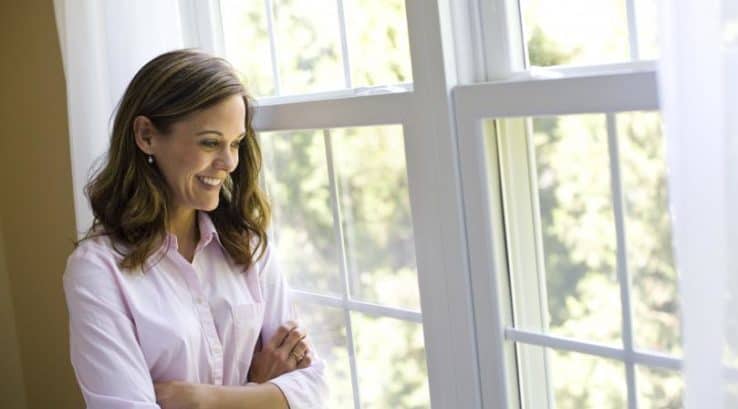Buying a home can be stressful and moving can be exhausting. And now It appears Americans are deciding to “stay home” longer opting to make improvements to increase the value of their home like replacing old windows.
According to Market Watch, in 2017 homeowners had stayed in their homes a median of 10 years. That’s up from a median timeframe of just 6 years in the same home back in 1985.
Here’s why replacing your home’s old windows is a good investment.
“Sign, sign, everywhere a sign.” As the old 70’s song goes, signs are everywhere. Things in our everyday lives give us signs when they’re not operating properly. Your car may start knocking or pinging, signaling an engine problem. Your computer’s performance may suddenly slow down, signaling a possible issue with the processor or even a computer virus.
Are your home’s windows showing signs that they’re not operating properly? How well are they protecting your home? Is your home older? Do you have original windows? Are you seeing signs that they are not doing their job efficiently? If you are thinking about replacing the windows in your home, consider the following:
1. Hazardous materials:
If your windows were installed before 1978, it is very possible they contain hazardous materials such as lead paint. As long as the paint is not disturbed you should be safe. But when the paint chips, harmful chemicals are released. This is especially a concern if you have children or pets. While you can remove them yourself, the EPA recommends you hire a lead-safe certified renovator.
2. Save money on your energy bill:
Have you noticed an increase in your heating and cooling costs? Your windows may be failing to provide sufficient insulation. If they’re drafty, you can expect your bills to be 10-25% higher. Installing energy efficient replacement windows will reduce your costs as well as increase the resale value of your home.
3. Old, outdated windows:
Single pane windows are not energy efficient, and are prone to breakage. Today’s double pane windows are designed, engineered, and manufactured to maximize the energy efficiency of your home. If you have to prop open your windows, chances are the tracks that the sash slides along have worn out. This could also indicate decay, which provides another opportunity for moisture to sneak into your home.
4. Broken seals:
Double pane windows are vacuum sealed, often with a gas between the panes to act as an insulator. How do you know if the seals on your windows failing? If you see fog or moisture between the two panes of glass, that’s a sure sign. Not only do failed seals decrease the efficiency of the window, it poses an increased risk of mildew and mold developing in your walls as moisture passes through them.
5. Damage to interior furnishings:
Solar energy enters your home through your windows. Older windows don’t do a good job at filtering the sun’s damaging UV rays. As a result, you may notice furniture, window treatments, and carpets have faded. Today’s windows often come with the option for low-e glass, which stands for low emissivity. Low-e glass reduces the amount of UV light that can enter through the glass, which helps protect your furnishings. Low-e glass also helps reduce your heating and cooling costs.
Replacing your windows with better insulated, sturdy, and safe materials will lower your energy bills as well as give you peace of mind concerning the safety of your home and family.


